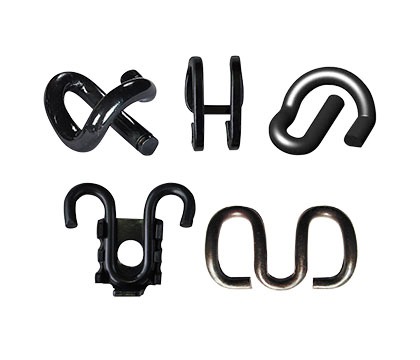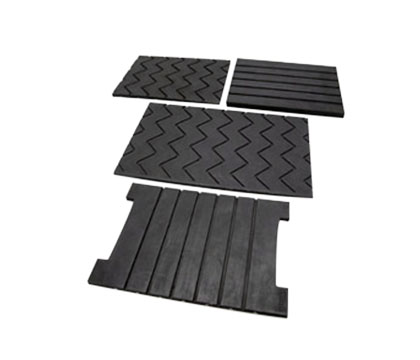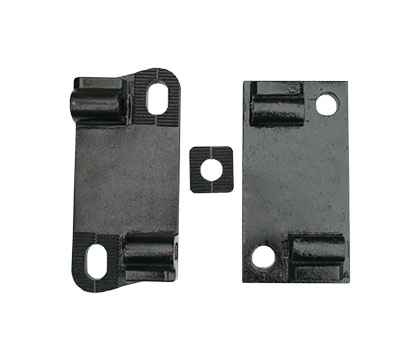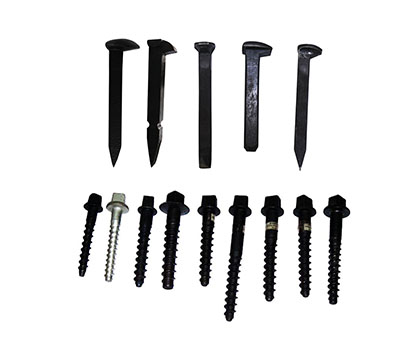Types of Railway Fastenings Made in China
Rail fastenings are the means of fixing rails on railroad ties (North America) or railway sleepers (Europe, Asia, and Africa). They include rail anchors, railroad insulators, tie plates and track fasteners which are used to refer to the parts or all of rail fastening systems. Various types of rail fastenings have been applied for the years.
It is easy to be not noticed by people that wheels on rail vehicles have the sloping treads to assist steering. On vertical rails, this will result in an angled contact between the rail and the wheel, which may put an overturning force on the rail.
The railtosleeper fastenings shall be able to:
- A. Resist the overturning force on the rail;
- B. Maintain gauge; and
- C. Resist lateral steering forces on curves.
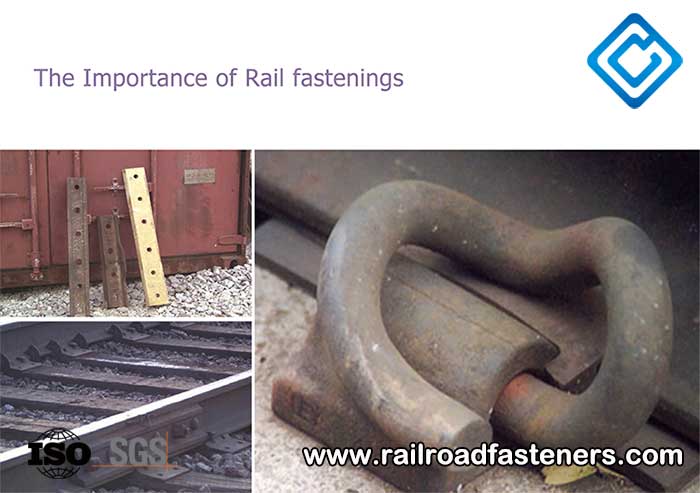
Dog Spikes in Railway
Dog spikes are the simplest means of fastening the rails on rail sleepers. They are functionally equal to cut spikes and are also square in horizontal section and of similar dimensions and have the pointed penetrating head. And the head has two lugs on either side, which can aid spike removal, giving the impression of a dog's head. So they are called dog spikes. However, as they can work loose, dog spikes shall not be applied on the tracks when they are heavily used or rail sizes are greater than 35m.
Wooden Railroad Ties and Steel Railroad Ties
Rail tie plates, known as base plates, are a kind of steel pad. They can be placed on rail tracks between flanged T rail and the top of rail sleeper, which can spread the heavy load on rail sleeper, reduce the tendency of the rail bottom to press into or wear into the sleeper and increase the bearing area and holds the rail to correct gauge.
The part of rail plate under the rail base is tapered, setting the cant of the rail. The usual slope is one in forty (1.4°). The top surfaces on the rail tie plates have one or two shoulders that can fit against the edges of the rail base. The double-shoulder type is currently applied. The older single-shoulder type is suitable for various gauges and rail widths. Rail tie plates came into use around the year 1900, before which time flanged T rail was spiked directly to the sleepers.
Coach Screws
Coach screws are the component parts of the crossings fastened down to timber sleepers. They are also used with base plates of rail sleepers. For 50 and 60A rail, using 200 mm×100mm sleepers, 100mm coach screws will be satisfactory for securing steel base plate with10 mm thick.
Rail Fastenings on Steel Sleepers
Steel sleepers are provided with screw spikes of rail fastenings. They should meet the requirements as follows:
- A. Locate the rails relative to the sleeper and keep proper gauge;
- B. Provide proper nip force onto the rail foot;
- C. Tighten and secure the rail effectively without any distortion;
As an alternative to the screw fastener, steel sleepers may have boltless clips of rail fastenings. The clip retainer is welded onto the top surface of the sleeper. They can also provide a shoulder for locating the rail and setting the gauge. Steel sleepers and base plated sleepers that have been gauge widened for use on curves. Alternatively, plain sleepers can be adopted at the mine.
Rail Joints for Railways
Rail joints are consisted of two joint bars. The purposes of rail joints are to hold the two ends of the rails. The joint bars can prevent lateral or vertical movement of the rail ends and allow the longitudinal movement of the rails for expanding or contracting. They are thought to be the weakest part of the track structures. They are matched to the proper rail sections that have the designed drilling pattern. For example, spacing of holes from rail end, the dimension above the base, they must be matched by the different joint bars. Although many places can use the same hole spacing, it is important that the proper bars are used so as to matched fishing angles and radii. If we cannot make the right choice well, it may cause an inadequate supports and bring us rail defects.
There are three basic types of rail joints:
- A. Standard rail joints
- B. Compromise rail joints
- C. Insulated rail joints
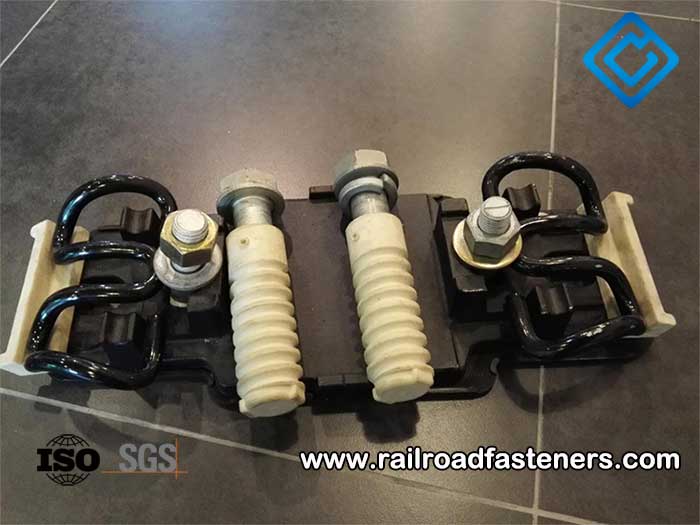
AGICO Group is one of professional railway fasteners manufacturers, we own rich experience and advanced equipments in manufacture industry of railway accessories. Now we have manufactured many kinds of products for foreign clients. In addition, we can make various customized rail products in strict accord with different standards or according to the drawings and requirements of clients.
As a professional railway fasteners manufacturers, AGICO Group is major in railway products with good quality such as rail, rail fastening systems, rail fishplate, rail tie plate, rail bolt, railroad spikes, steel dog spike, etc. They are exported all over the world. Depending on more than ten years export experience, we can offer the most competitive price and highest quality for our customers all over the world because we are factory. In the other side, we can deal with the international business freely because we have an experience team in international department. They can offer the best service for our customers. We sincerely seek for reliable cooperators abroad to market the world. Welcome to contact with us!

